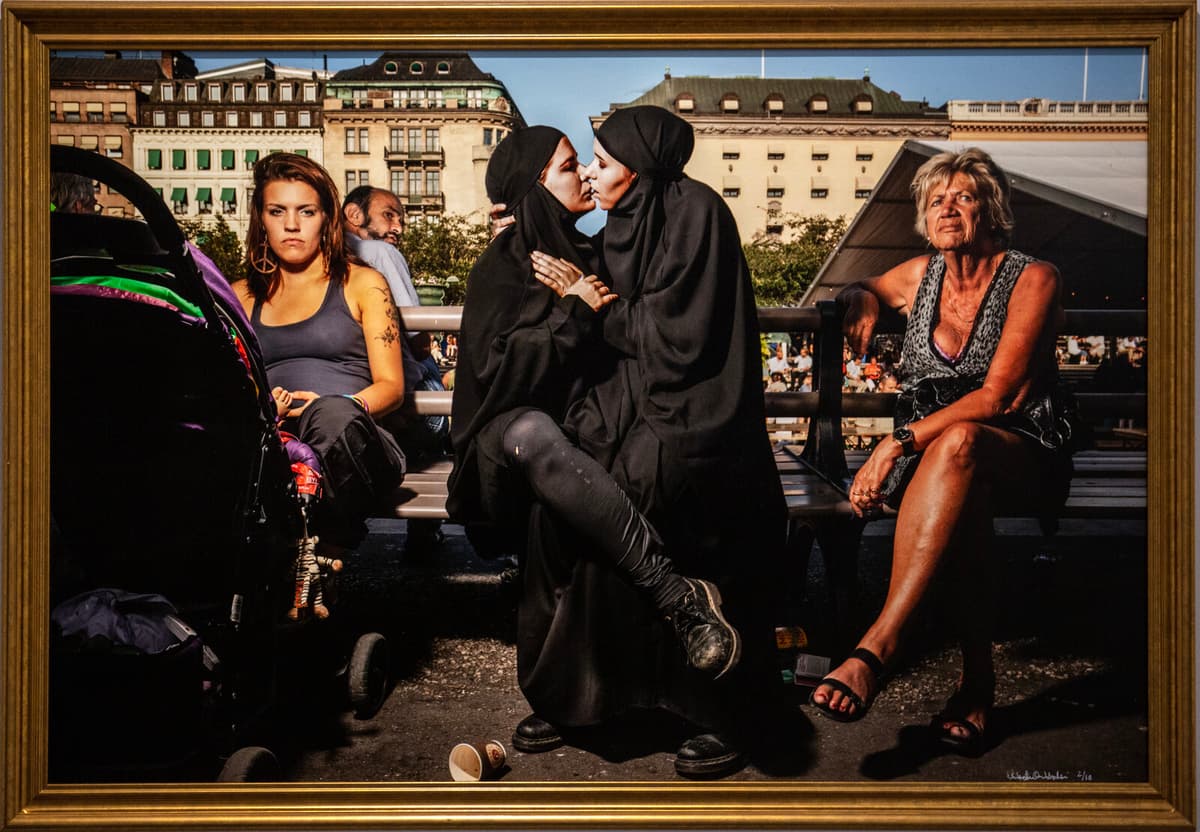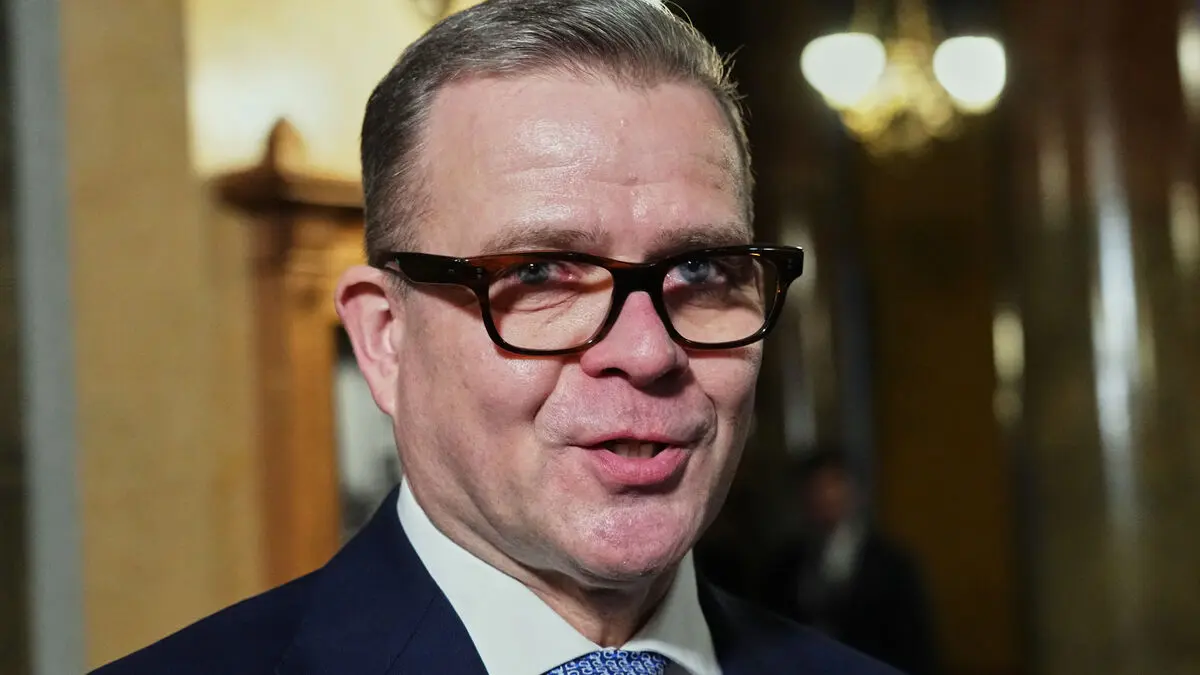In October last year, Elisabeth Ohlson passed away. But during the last weeks of her life, she managed to find out that a large exhibition of her art was planned. On June 7, it will now open at Fabriken Bästekille in Kivik, with over 300 of her works.
We even have a picture from her time as a press photographer, where she began her photographic career. But what she longed for was to crush the norms and prejudices she encountered everywhere in society, initially primarily in the hbtqi community, says Johan Petterson.
It was with "Ecce homo" that Elisabeth Ohlson made a breakthrough with a bang in 1998, the series of twelve photographs where the Christian message of love is portrayed by hbtqi people.
It's extremely rare for a work of art to change an entire society overnight, but that's what happened, says Johan Petterson, who adds that the series is shown in its entirety.
For the vulnerable
The exhibition sent shockwaves through the Christian world, and Elisabeth Ohlson received an enormous amount of hate and threats. For a while, she came to her exhibitions in a bulletproof vest. But she was herself a Christian, and said she followed the "good" basic values of the religion, according to Johan Petterson.
She was driven to always do good, for those who are oppressed, in a disadvantaged position, and for those at the bottom of society.
She photographed homeless people and trans people, and in the series "Jerusalem" she confronted prejudices about hbtqi people within all the Abrahamic religions – which was also a way to fight for freedom of speech.
Her visual language touched on ecclesiastical iconography, which she knew was considered kitschy and pompous, and initially she was criticized for being close to advertising language. But Johan Petterson believes that the view of art has broadened since then.
Tribute
Now, for the first time, the series that Elisabeth Ohlson worked on during the last two years of her life is also being shown, "Death", where she portrayed the deceased. There, Johan Petterson sees how her visual language has changed – with a clearer inspiration from the artist Caravaggio's lighting.
After her diagnosis, Elisabeth Ohlson chose to photograph herself, just three days before she died.
People will feel a lot and not be so afraid of death, and that's what she wanted, says Minna Strömberg Wallin, who was previously married to Elisabeth Ohlson.
She sees the exhibition as a tribute to the photographer's life and work.
It couldn't be better.
Elin Swedenmark/TT
Facts: Elisabeth Ohlson
TT
The retrospective of Elisabeth Ohlson is shown at Fabriken Bästekille from June 7 to November 2.
In connection with the exhibition, two new books about Elisabeth Ohlson are also being published. A large retrospective book about her artistry, with texts by herself and Ulrika Knutson, and the book "Death" about her last photo project, with a text by KG Hammar.
Elisabeth Ohlson was born in 1961 in Skara and began her career as a daily newspaper photographer. Her most notable exhibitions were "Ecce homo" in 1998, "In hate we trust" in 2007, and "Jerusalem" in 2010. She also made many portraits, several of which are shown at the exhibition.
She passed away in October 2024, after falling ill with cancer.





